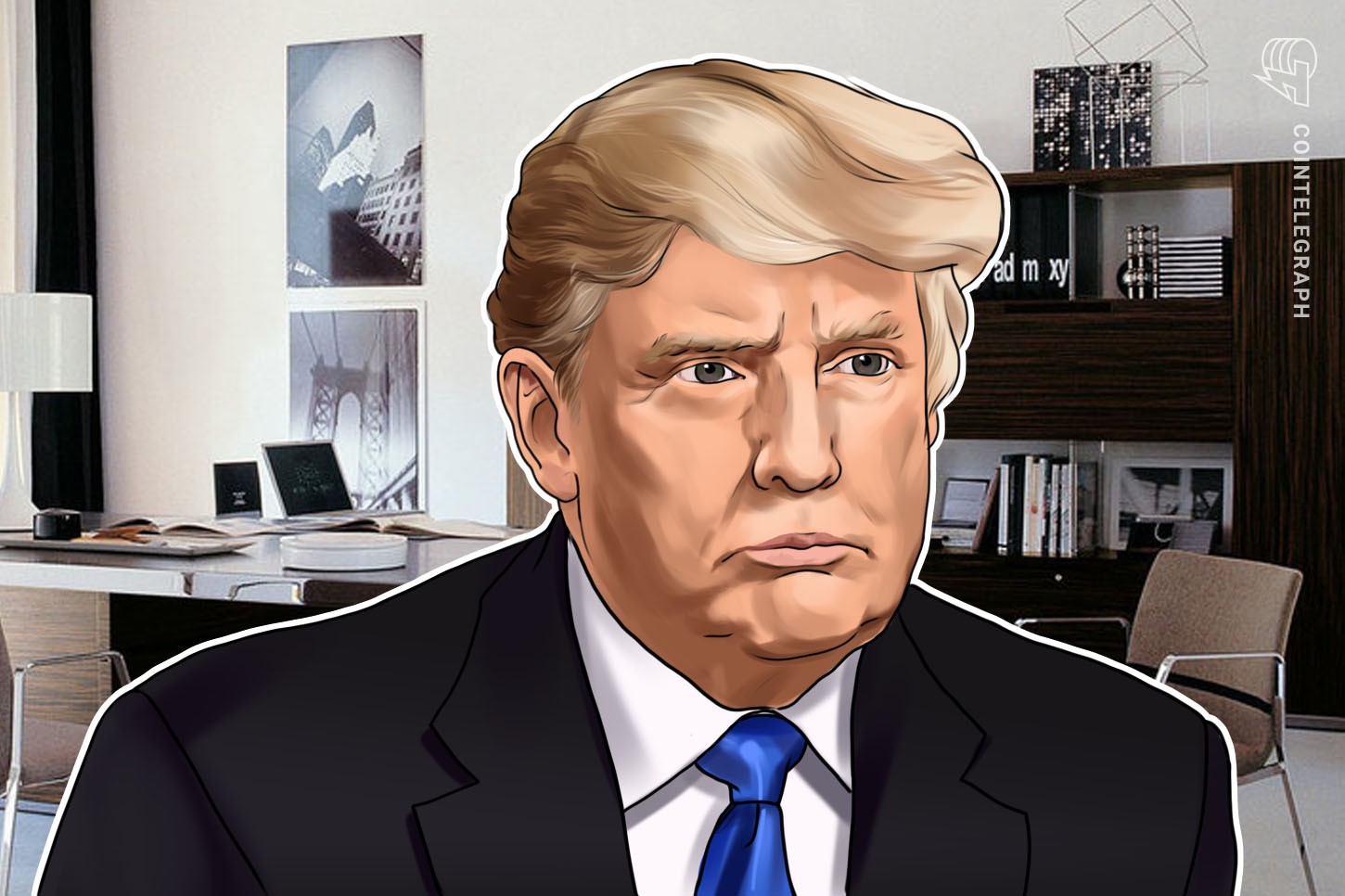Bitcoin (BTC) gained ironic support from United States President Donald Trump on March 27 after he appeared to say he supported manipulating the dollar.
In a press conference quoted by various Twitter commentators, including Blockstream CSO, Samson Mow, Trump defended the Federal Reserve printing more than $6 trillion.
Trump: the dollar is “our money, our currency”
“The beautiful thing about our country is $6.2 trillion — because it is 2.2 plus 4 — it’s $6.2 trillion, and we can handle that easily because of who we are, what we are,” he said.
“It’s our money; we are the ones, it’s our currency.”
While Trump did not provide any further explanation of his train of thought, he appeared to endorse the Fed providing the astronomical sum of liquidity for the U.S. market. In turn, the dollar supply would be heavily expanded.
It is this form of meddling in the money supply that forms a central tenet of Bitcoin as a financial solution. The coronavirus epidemic emboldened its supporters, who watched on as the Fed admitted that it had “infinite” money.
“How much did we pay Trump to advertise #Bitcoin?” Mow summarized.

Bitcoin versus U.S. 10-year bond returns. Source: Skew.com
$6 trillion reality sinks in
Reactions to the giant $6.2 trillion meanwhile continue to appear, as various cryptocurrency users showed their surprise. Hodlonaut, the organizer of last year’s Lightning Torch transaction relay, argued that under an unlimited money situation, paying taxes made no logical sense.
Caitlin Long, the ex-Goldman Sachs executive who subsequently pioneered friendly Bitcoin regulatory approaches in Wyoming, described the monetary intervention as killing capitalism.
She also warned that the Fed’s balance sheet would more than double before the coronavirus crisis abated to more than $10 trillion.
“In short-term, huge dollar demand bc short-covering, but it won't last,” part of a tweet posted on Friday read.
For scale, $6 trillion is the equivalent of the entire U.S. gross domestic product in 1990, or enough to buy almost 70% of the world’s gold supply at spot price.


